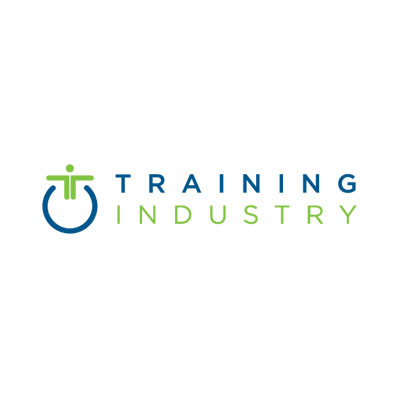Entering the world of learning and development (L&D), but have no formal training in instructional design? You are not alone. A surprising number of L&D professionals get into their roles by “accident,” and it’s often their second career. Just because you’re not an instructional designer doesn’t mean you can’t create successful training materials.
Here are some tips to keep in mind to help you navigate the world of instructional design:
1. Build your knowledge base
Whether it’s a side gig, building a new career, or a new responsibility you’ve been given, create a strategy to stay on top of industry trends. A good place to start is to subscribe to the most important publications in your industry. Scroll through the headlines, read an article or two (or maybe three), and start gathering some knowledge and advice. Research who the leaders are in your industry and learn from them as well. Here are two to get you started: Erica Keswina, best-selling author and workplace strategies and business coach; and Colin Steed, founder of The Learning & Performance Institute and host of Learn Now TV.
2. Familiarize yourself with adult learning theories
Learning about educational theory can provide some of the best frameworks to follow for training programs—and it doesn’t have to be time-consuming. Some popular learning frameworks are the Kirkpatrick model, learning cluster design, or the 70-20-10 model.
3. Review the work of others
Browse through different forms of existing learning content and find out what works best. What makes one course more effective than another? What strategies were used? Could these strategies work for your industry? Find effective training and use it to compare with your own work. Checking out the work of other instructional designers is also a great way to gather ideas if you’re not yet confident in your own abilities—or just want to find some inspiration.
4. Create an outline
An outline is a great way to visually map out your course, giving you a place to start and work from. This can help you design the overall flow of the course, showing the path a learner will need to follow while also listing the details that need to be included. You can use it to share your ideas with others, and you can also reference them throughout the creation process to ensure you stay on track. Elements of an outline can always be adjusted, so don’t feel like you have to stick to the original.
5. Give Yourself Time
It takes time to build effective training. Sometimes the brain needs a change of scenery to see something in a whole new way. That’s why, when planning a schedule, it’s important to give yourself time to step away from your work. Whether it’s five minutes, an hour, or an entire working day, it can be exactly what you need to think of the perfect way to word that question, open that video, or honestly structure your learning path to criticize. Make sure you give yourself time at strategic points, such as after an outline or first draft is complete.
6. Be your own test manager
How do you like to learn? What kinds of activities help you retain information better? What images and layouts capture your interest and excite you to learn? While you should realize that your own biases may skew your answers in a particular direction, there’s no reason why you can’t use yourself as a barometer of effectiveness when reviewing your own work. Of course, if you can add some perspective to the test list (hello, unsuspecting co-workers), then all the better.
7. Recognize that learning is a constant process
You’re going to make a mistake—it happens to beginners and seasoned professionals alike—but that’s okay. It’s part of the learning process, and just as instructional designers leave room in their courses for learners to make mistakes, you should do the same when it comes to your own learning curve. Just make sure you fix the mistakes you can and learn from each one. You’re probably not going to make sensational training from the get-go, but as long as it provides the information it’s supposed to, you’ve succeeded! Some training will not be as effective as you had hoped, but use it as a learning moment instead of getting discouraged. You got it! Just like anything, it takes practice.
8. Know your audience
When you’re ready to start building, be sure to evaluate who the training should be given to—are they adults, Gen-Zers, or English as a Second Language (ESL) learners? These factors play into the way you will word your training, the format and time frame, and how it should be presented. For example, for a Gen Z audience, microlearning through a series of short videos that can be accessed while you’re at work may be a better format than longer training videos that have to be sat through. The key is to keep it simple. If you have to reread or watch something more than once to get its meaning, try again. Remember the goal of each exercise and keep it focused on that goal.
9. Strive to do better
The world of instructional design is constantly changing. There are always new tools for learning or new research that explains why one method of teaching is more effective than another. Strive to stay informed about these changes, and don’t be afraid to use them in your own work if you think it could improve things. Gamification is a perfect example of this. Years ago, incorporating game-like activities into training might have been considered distracting and unhelpful, but today it’s a perfectly healthy strategy to increase learner engagement.
Training and instructional design can be fun! The goal is to help people be successful, so don’t be afraid to ask for feedback and ask experts to submit suggestions as well. Think of your programs as constantly evolving, and you will get better and better with each new program and iteration.
================
AISKILLSOURCE.COM










